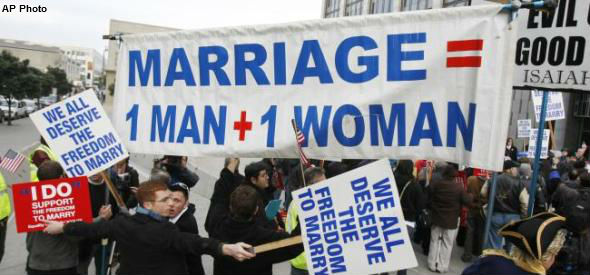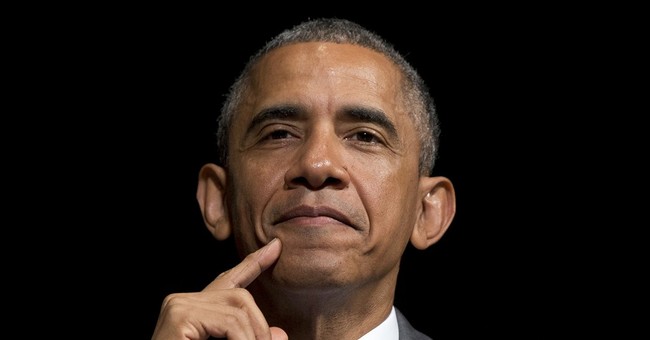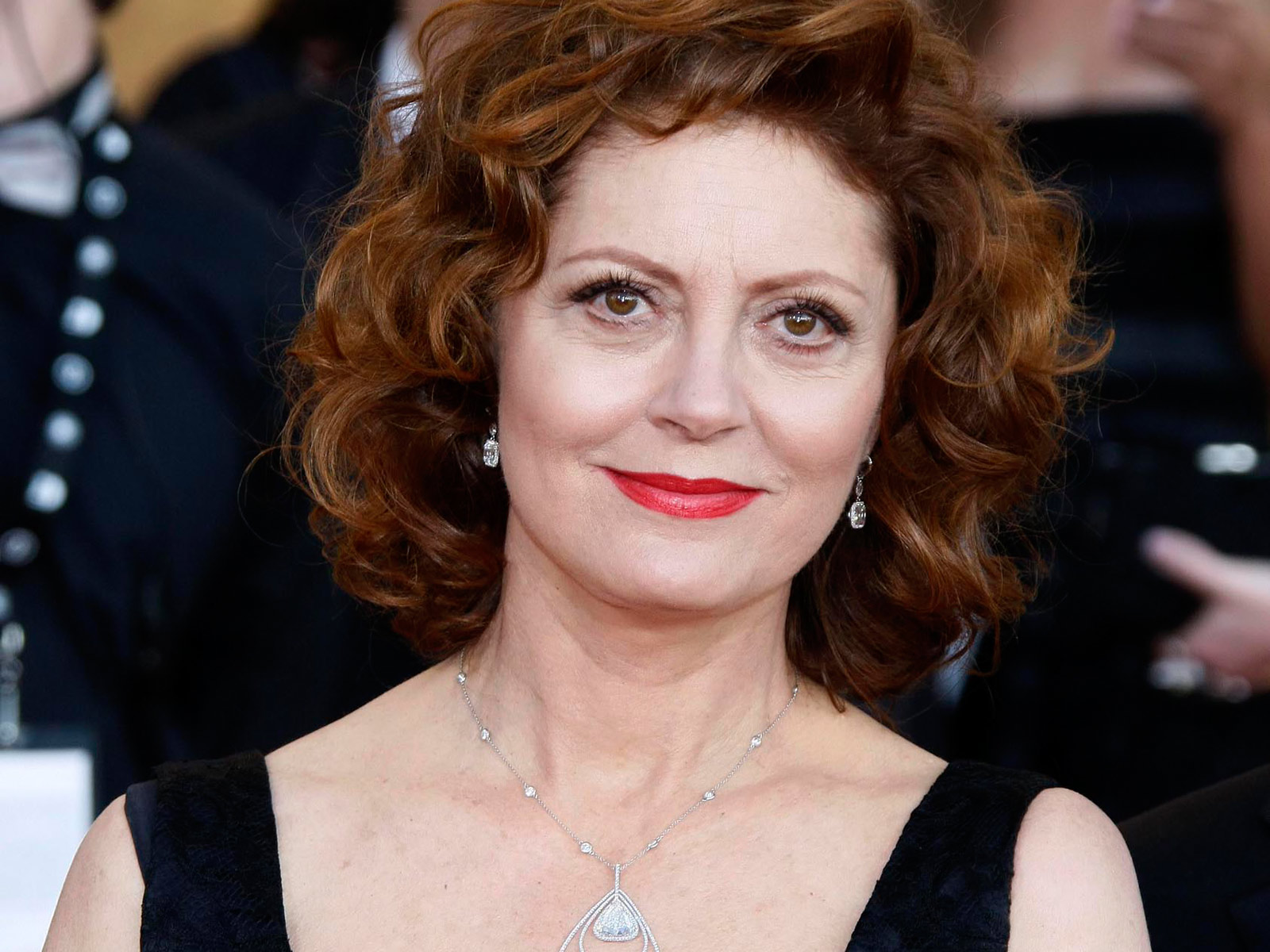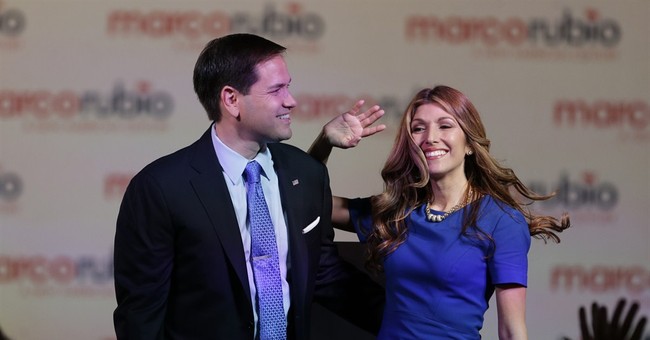NYTimes.com:
Do women and men have different brains?
Back
when Lawrence H. Summers was president of Harvard and suggested that
they did, the reaction was swift and merciless. Pundits branded him
sexist. Faculty members deemed him a troglodyte. Alumni withheld
donations.
But
when Bruce Jenner said much the same thing in an April interview with
Diane Sawyer, he was lionized for his bravery, even for his
progressivism.
“My brain is much more female than it is male,” he told her, explaining how he knew that he was transgender.
This
was the prelude to a new photo spread and interview in Vanity Fair that
offered us a glimpse into Caitlyn Jenner’s idea of a woman: a
cleavage-boosting corset, sultry poses, thick mascara and the prospect
of regular “girls’ nights” of banter about hair and makeup. Ms. Jenner
was greeted with even more thunderous applause. ESPN announced it would
give Ms. Jenner an award for courage. President Obama also praised her.
Not to be outdone, Chelsea Manning hopped on Ms. Jenner’s gender train
on Twitter, gushing, “I am so much more aware of my emotions; much more
sensitive emotionally (and physically).”
A part of me winced.
I
have fought for many of my 68 years against efforts to put women — our
brains, our hearts, our bodies, even our moods — into tidy boxes, to
reduce us to hoary stereotypes. Suddenly, I find that many of the people
I think of as being on my side — people who proudly call themselves
progressive and fervently support the human need for self-determination —
are buying into the notion that minor differences in male and female
brains lead to major forks in the road and that some sort of gendered
destiny is encoded in us.
That’s
the kind of nonsense that was used to repress women for centuries. But
the desire to support people like Ms. Jenner and their journey toward
their truest selves has strangely and unwittingly brought it back.
People
who haven’t lived their whole lives as women, whether Ms. Jenner or Mr.
Summers, shouldn’t get to define us. That’s something men have been
doing for much too long. And as much as I recognize and endorse the
right of men to throw off the mantle of maleness, they cannot stake
their claim to dignity as transgender people by trampling on mine as a
woman.
Their
truth is not my truth. Their female identities are not my female
identity. They haven’t traveled through the world as women and been
shaped by all that this entails. They haven’t suffered through business
meetings with men talking to their breasts or woken up after sex
terrified they’d forgotten to take their birth control pills the day
before. They haven’t had to cope with the onset of their periods in the
middle of a crowded subway, the humiliation of discovering that their
male work partners’ checks were far larger than theirs, or the fear of
being too weak to ward off rapists.
For
me and many women, feminist and otherwise, one of the difficult parts
of witnessing and wanting to rally behind the movement for transgender
rights is the language that a growing number of trans individuals insist
on, the notions of femininity that they’re articulating, and their
disregard for the fact that being a woman means having accrued certain
experiences, endured certain indignities and relished certain courtesies
in a culture that reacted to you as one.
Brains
are a good place to begin because one thing that science has learned
about them is that they’re in fact shaped by experience, cultural and
otherwise. The part of the brain that deals with navigation is enlarged
in London taxi drivers, as is the region dealing with the movement of
the fingers of the left hand in right-handed violinists.
“You
can’t pick up a brain and say ‘that’s a girl’s brain’ or ‘that’s a
boy’s brain,’ ” Gina Rippon, a neuroscientist at Britain’s Aston
University, told
The Telegraph last year. The differences between male and female brains
are caused by the “drip, drip, drip” of the gendered environment, she
said.
THE
drip, drip, drip of Ms. Jenner’s experience included a hefty dose of
male privilege few women could possibly imagine. While young “Bruiser,”
as Bruce Jenner was called as a child, was being cheered on toward a
university athletic scholarship, few female athletes could dare hope for
such largess since universities offered little funding for women’s
sports. When Mr. Jenner looked for a job to support himself during his
training for the 1976 Olympics, he didn’t have to turn to the meager
“Help Wanted – Female” ads in the newspapers, and he could get by on the
$9,000 he earned annually, unlike young women whose median pay was
little more than half that of men. Tall and strong, he never had to
figure out how to walk streets safely at night.
Those are realities that shape women’s brains.




























